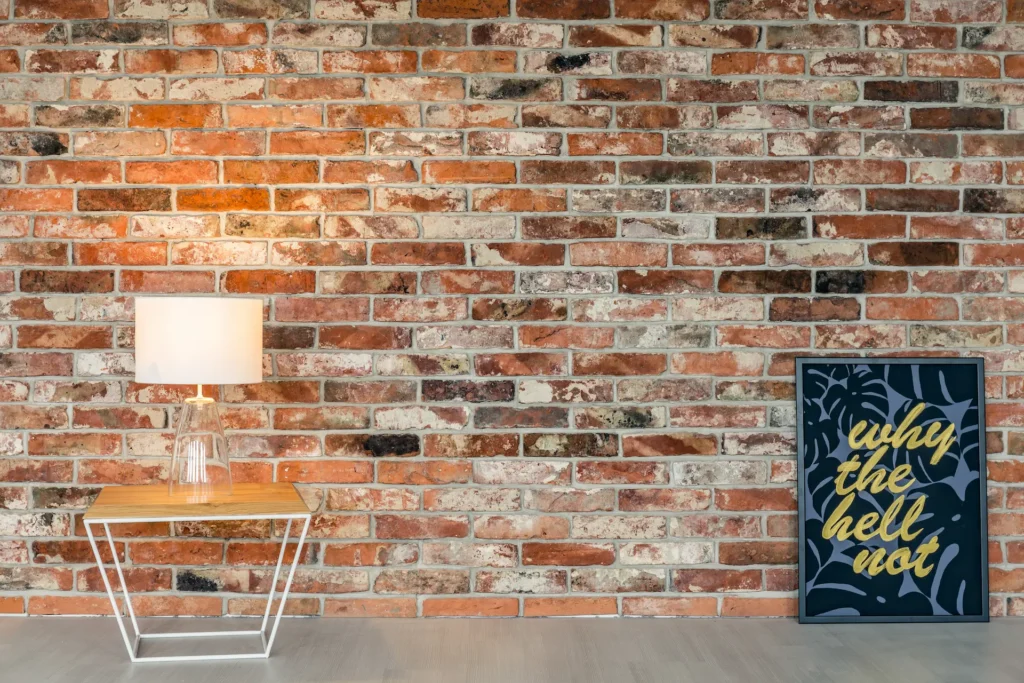Home / Information
To place an order, simply view the product you’re interested in and fill out the contact form on our website. Once we receive your inquiry, our team will get back to you with more information, either by phone or email, to discuss your project and help you finalize your order.


Clear the area and cover nearby surfaces with dust sheets for protection. Remove coving, skirting boards, and plug sockets to prevent tiles from sitting awkwardly, and reattach them after tiling if needed. Prime the wall for better adhesive bonding. Mix the adhesive into a smooth paste and start applying tiles from the bottom-center, using spacers between them. Check that tiles are level and cut as needed around edges or sockets. Allow the adhesive to dry for 24 hours before applying mortar.
To complete your tiling project, you’ll need protective dust sheets, an adhesive trowel, spacers, a paddle mixer, a flexible bucket, a spirit level, and a cutting tool for trimming tiles around edges or sockets. Ensure you have all necessary tiles on hand by opening multiple boxes and mixing them for an even color distribution. After tiling, you’ll also need a stiff brush to clean any adhesive from the tile surface. For the mortar process, a pointing gun or piping bag, mortar mix, a pointing trowel, and pliers to remove spacers will be essential for finishing the joints and cleaning up excess mortar before it dries.


Accurate measuring is key to achieving a neat finish. First, determine where the tiles will start to avoid ending with thin cuts or uneven mortar joints at the edges. Measure the wall carefully to ensure the tiles fit well, especially in the corners. Lay out the tiles beforehand, taking note of any areas around plug sockets or switches that will require tile cutting. As you tile, regularly check your alignment with a spirit level to maintain even mortar lines, ensuring that tiles are positioned correctly and symmetrically for the best final result.
© 2025 Brick Slips NI. All Rights Reserved